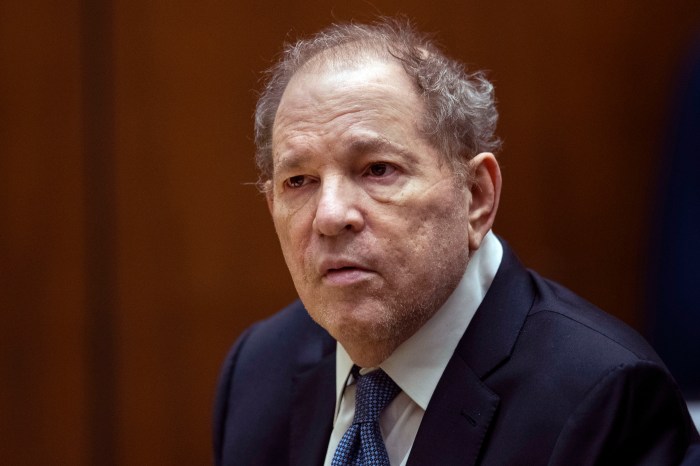By Phil Corso
Keeping the story alive has always been most important, according to Dr. Dennis Papazian, national grand commander of the Armenian fraternal service Knights of Vartan and founding director of the Armenian Research Center .
Four survivors of the Armenian genocide of the early 1900s gathered Sunday to recollect their experiences and share them with the public at the New York Armenian Home in Flushing.
“Despite the evidence, the Turkish government continues to deny that there ever was a genocide,” Papazian said, reflecting on the importance of telling and sharing survivors’ stories. “We wanted to present living witnesses. There’s nothing like meeting someone who actually lived through it.”
Papazian was present to provide background and to assist in recollecting the womens’ stories as he has been active in documenting historical accounts of the genocide.
The Armenian genocide was carried out by the Ottoman Empire in 1915 and 1916 and included the killing of an estimated 1.5 million Armenians.
Papazian said groups around the world commemorate the genocide annually on April 24, or the nearest Sunday, to mark the 1915 date when nearly 300 Armenian leaders were deported and killed. On the same day, near 5,000 Armenians were slain in the streets of Constantinople.
The survivors were gathered Sunday afternoon as part of an annual effort by the Armenian home, at 137-31 45th Ave. in Flushing, to keep their stories alive.
Charlette Kechejian, 99, was born in Nikhda and spoke of how she traveled through the desert as an 8-year-old with her mother to escape persecution by the ruling Young Turks.
“It’s something I hope you never see,” Kechejian said. “I went through a lot, but I knew that it would one day be different.”
Kechejian said she remembered her mother continuously promising her that if she walked a little longer, she would find “comfort and happiness.” She went on to have three children in New York, who have provided her with grandchildren and great-grandchildren.
Perouz Kalousdinian, 102, said she was 6 years old when Turks barged into her home in Harput and forced her family out. From what she could remember, she said Turks had taken all the men over 15 years old, including her uncles, tied them up two by two and threw them over a bridge into the Euphrates River.
“We suffered and we suffered,” Kalousdinian said. “We had nothing.”
Kalousdinian and her mother were taken in as slaves by the wife of a Turkish leader and worked as maids in their house before fleeing to Syria. Her father, who fled to America, was later reunited with his family when Kalousdinian and her mother traveled to the United States to escape the genocide.
Azniv Guiragossian, 101, was born in Urfa and fought back tears when asked about her memories of fleeing the Armenian genocide. She said she was moved around through different orphanages and lost all her personal possessions.
Papain said the Armenian home had recordings of the survivors telling their stories because preserving them was essential to the history.
“Remembering their stories shows that it’s a reality and now just an issue,” Papazian said. “There was a tremendous amount of suffering. It’s important because it hasn’t yet been resolved.”
He said the ultimate goal was to resolve all cases of the genocide, which included recognition from the Turkish government and compensation in the form of money or property taken by the Turks.
“You’ve got to reclaim what was taken away from you,” Papazian said. “They can’t prosper from their deeds.”
Reach reporter Phil Corso by e-mail at pcorso@cnglocal.com or by phone at 718-260-4573.































